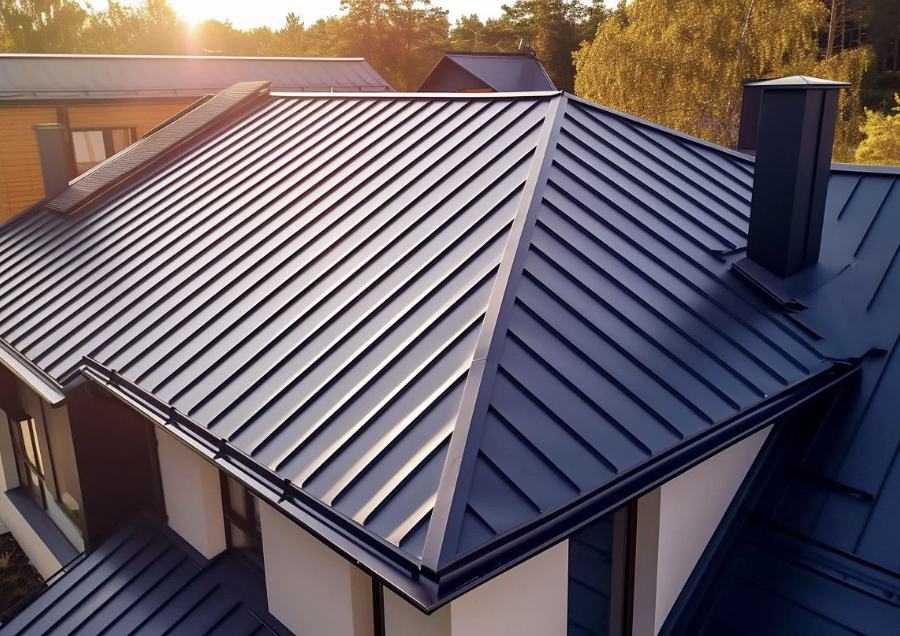
Understanding Roof Flashing: The Unsung Hero of Weatherproofing Your Home Nov 14, 2025
First and foremost, what is roof flashing? Roof flashing is typically crafted from metals such as aluminum, galvanized steel, or copper, and it is strategically installed to direct water away from critical areas like chimneys, vent pipes, and skylights. By channeling water away from these vulnerable points, flashing prevents leaks and extends the lifespan of your roof.
The significance of roof flashing cannot be overstated. Water infiltration is a leading cause of structural damage and can lead to issues such as mold growth, wood rot, and interior damage. Effective roof flashing acts as a barrier, preventing water from seeping into these sensitive areas, thus protecting the underlying structure of your home and preserving the condition of your roofing materials.
When flashing is improperly installed or damaged, you may begin to notice signs such as water stains on your ceilings or walls, or you might even experience leaks during heavy rainfalls. It is crucial to conduct regular inspections to ensure that your flashing remains intact and functional. Ignoring flashing issues can lead to costly repairs down the line.
Understanding the various types of flashing is also essential. Step flashing, for example, is used where the roof meets the wall, installed in layers to guide water down and away from the wall. Counter flashing is set into the wall to reinforce step flashing, providing double protection. Valley flashing is placed in the roof's valleys to handle heavy water flow. Each type serves a specific function and is selected based on its suitability to different parts of the roof.
Regular maintenance and inspections are imperative to maintain effective roof flashing. Roofing professionals, such as those at OTG Roofing and Construction, know precisely what to look for and can provide invaluable guidance. When inspecting your roof, they assess for rust, lifting, or gaps in the flashing, addressing any problems before they escalate.
If you're considering roof repairs or replacement, whether due to age or recent storm damage, investing in high-quality flashing should be a priority. Quality materials coupled with professional installation ensure that your home remains weatherproof for years to come. Additionally, consulting with experts like those at OTG Roofing and Construction ensures that you benefit from skilled craftsmanship and experience, further enhancing the durability of your roofing system.
In conclusion, while roof flashing may not be the most visible part of your roofing system, its role is undeniably crucial in maintaining your home’s weatherproofing. By understanding its importance, conducting regular inspections, and employing skilled professionals for installation or repair, you can safeguard your home against the elements. The dedication to well-installed and maintained flashing is an investment in the longevity and safety of your home, proving that sometimes, the smallest elements make the most significant impact.
/filters:no_upscale()/media/38bf41b9-bc90-478e-a1ab-7946e6b6261a.png)
/filters:no_upscale()/filters:format(webp)/media/092e5ccc-94d8-407b-88f5-59ab2c6c8911.png)